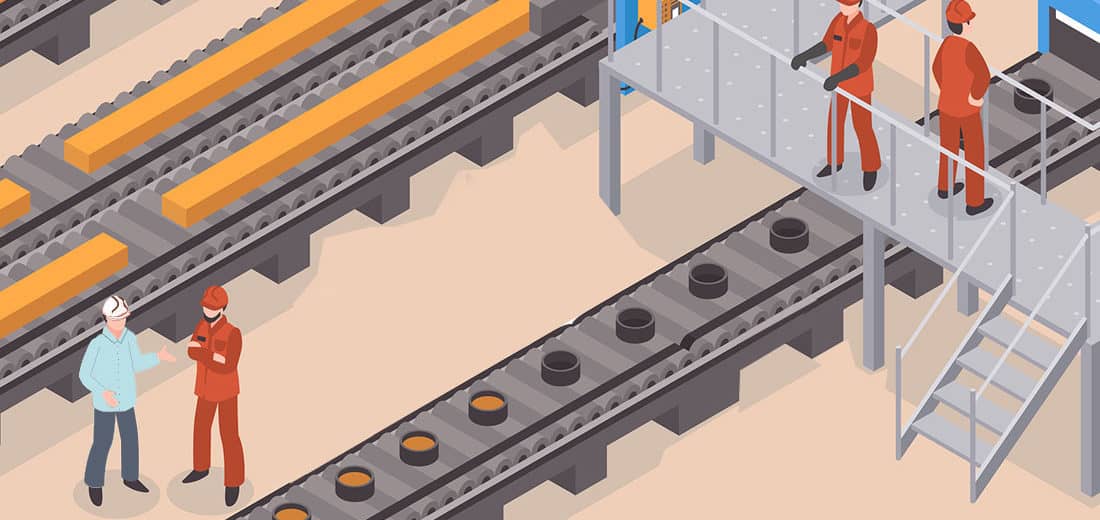Bring Your Training Out of the Dark Ages
Compared with the luxuries of our current age, Medieval Europe doesn’t seem very enticing. But despite rampant disease and famine, the craftsmen of the Middle Ages were able to pass on skills and knowledge vital to their survival and ensure a steady stream of skilled artisans through apprenticeships. The word apprentice literally means “someone learning,” and a Medieval apprentice acquired both hands-on techniques and mental habits from years of training from a master.
Everyone loves indoor plumbing, and no one wants to go back in time to gullies and ditches. Hopefully we’ve seen the last of the Bubonic Plague, but today we’re facing new challenges that can make hiring and training difficult: how to bridge skills gaps created by Boomer experts retiring and lack of vehicles for practical experience for Millennials, the fast pace of new technology as well as financial and time constraints on manufacturers. We’re also seeing the need for a new class of technical worker, whose skill set is neither firmly “white” or “blue” collar, but somewhere in the middle. Finding “New Collar” hires with a wide set of “middle technical” abilities is another challenge vexing manufacturers.
Recruiting a capable hire can be difficult enough; when manufacturers find the right person, they also risk losing that individual if they lack proper training and support. In many factories, the best person to train and mentor a new hire is the person who previously held the job; unfortunately, that person is often now at a new position or basking in their retirement. How can manufacturers ensure their training transfers knowledge effectively and stimulates (not frustrates) new recruits?
The best training would not only include all essential knowledge and execution methodology, but the people skills that would make your new hire a great fit for your organization. Thinking beyond traditional training methods can provide a solution, one faster than the decades-long Medieval method. Best Practices in Training include delivering a mix of classroom and experiential environments, including shadowing, or having an instructor educate a trainee while that trainee performs their typical job duties. Additional team leadership can be addressed by an instructor working with a whole team as they execute a particular project together, having the instructor mentor and illustrate proper leadership and communication skills. Students can be embedded in a project outside their organization as well, taking on a specific role and learning project execution through immersion.
The key is focusing on the person or team being developed; as such, individualized development planning is a strategy that can be used to meet a staff member (newly hired or an experienced employee) where they are, assess what gaps may hinder their progress, and develop a plan for addressing them. All of this should be supported with weekly mentor-ship time focused on the short (current roadblocks and challenges), medium (approach and plan for upcoming work) and long-term (observance and reinforcement of training concepts put into real use) goals. In order to keep track of it all, a Learning Management System (LMS) is recommended to house and provide access to training as well as work instructions, SOPs and other relevant documentation that can be accessed from anywhere, whether it be at their desk, on their mobile device or on the plant floor HMI.
Training shouldn’t be a burden for either the hire or the manufacturer; rather, the best training brings out a new hire’s potential and sets up a positive long-term relationship between the company and its newest employees. Efficient training also ensures that processes keep functioning effectively while the trainee learns both the technical and people skills they’ll need to succeed. If the guilds of the Middle Ages did it while fighting the Hundred Years’ War, so can you!
Image Source: macrovector









